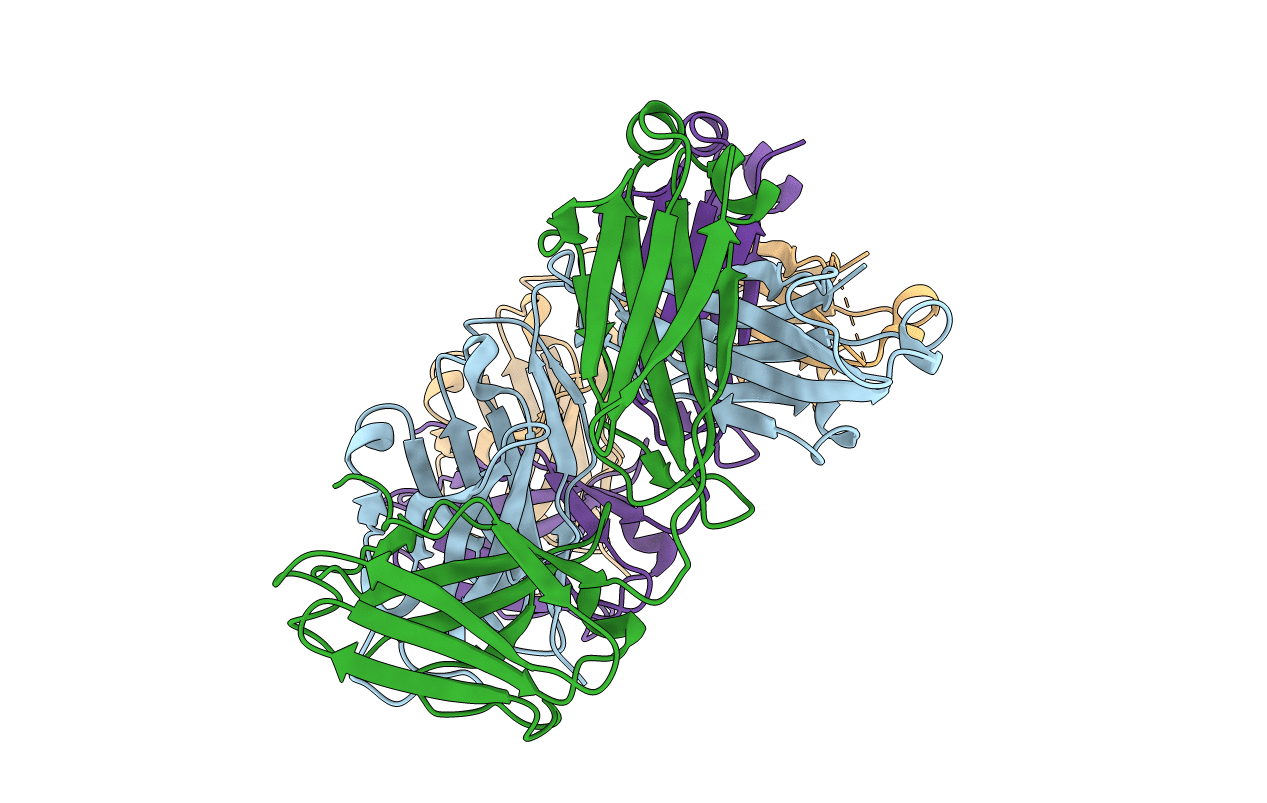
Deposition Date
2019-06-10
Release Date
2020-06-17
Last Version Date
2024-10-09
Entry Detail
PDB ID:
6P9I
Keywords:
Title:
crystal structure of human anti staphylococcus aureus antibody STAU-399 Fab
Biological Source:
Source Organism:
Homo sapiens (Taxon ID: 9606)
Host Organism:
Method Details:
Experimental Method:
Resolution:
2.40 Å
R-Value Free:
0.24
R-Value Work:
0.18
R-Value Observed:
0.18
Space Group:
P 1 21 1


